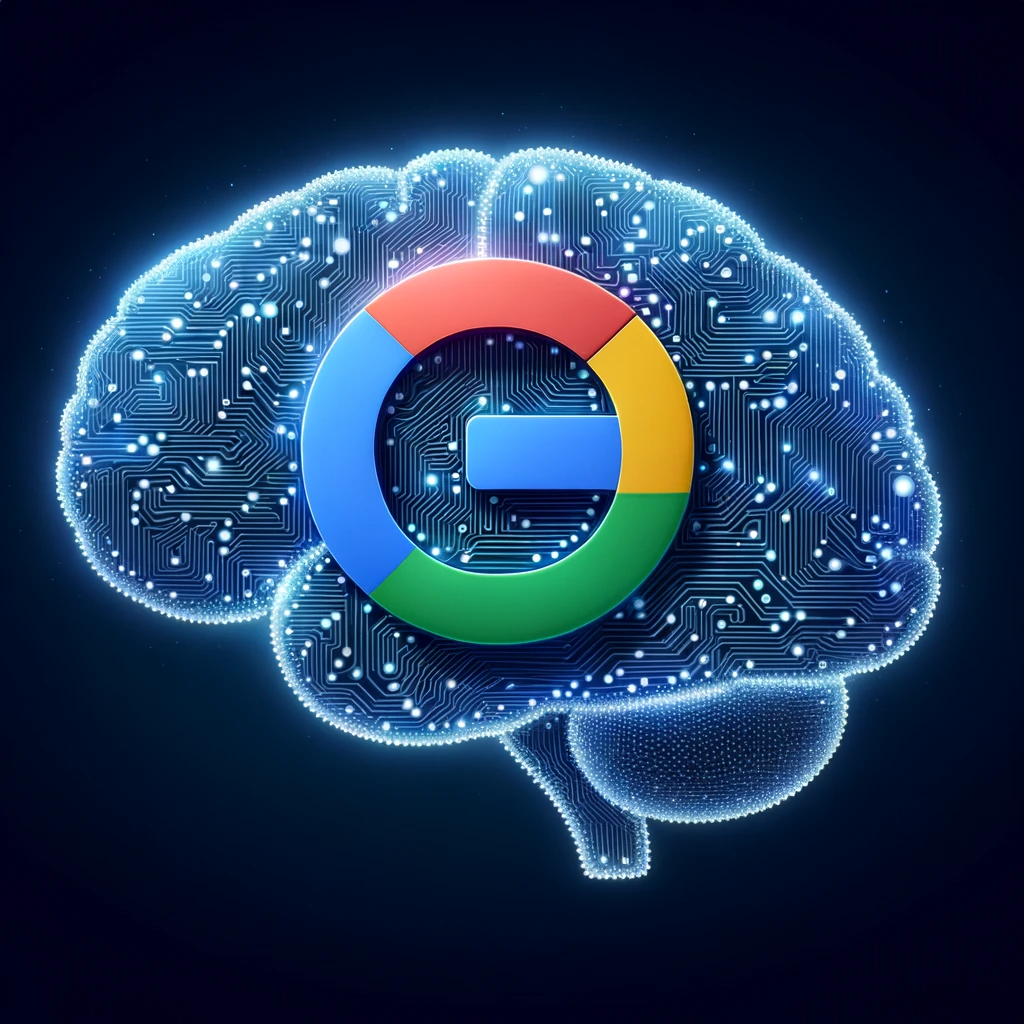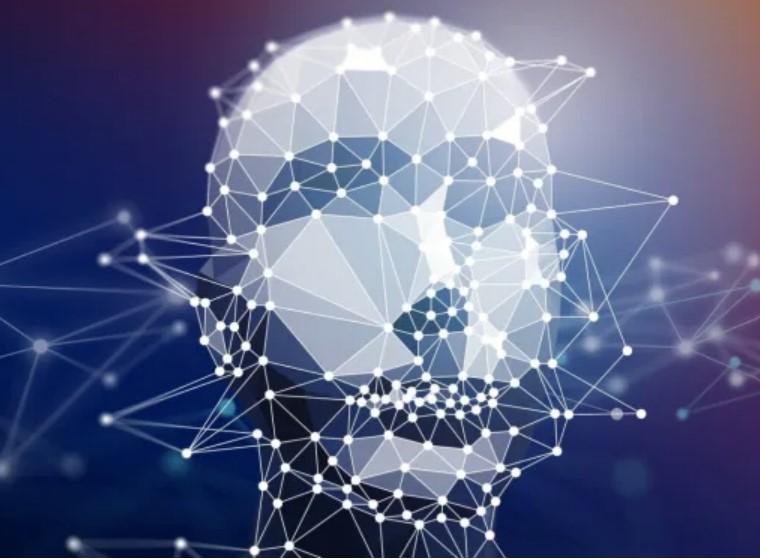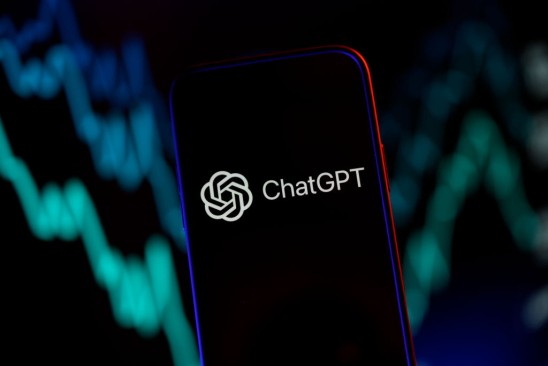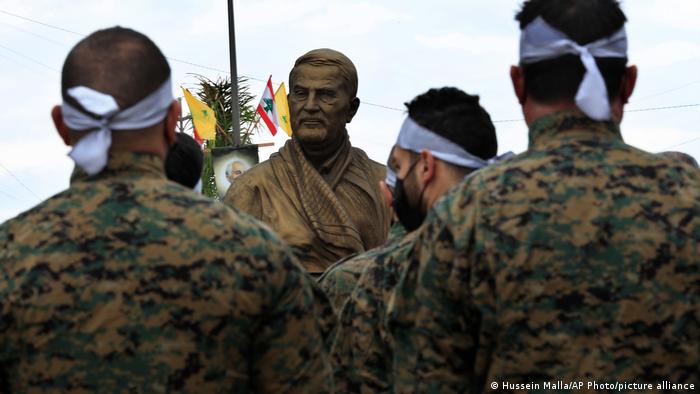
by Matt Marshall — venturebeat.com — In a masterful move exemplifying urgent and instinctive leadership, Microsoft CEO Satya Nadella, personally jumped into the chaos happening over the weekend at the leading generative AI company, OpenAI, and came out with as much as he possibly could have. Working for hours over the weekend, he negotiated a deal that brings Sam Altman, the ousted OpenAI CEO, over to head up a new subsidiary within Microsoft focused on AI innovation – a group that will also include Open AI co-founder Greg Brockman and other departing employees who supported Altman’s strategy.
On the face of it, this is a huge win for Microsoft, because it gets Altman’s growth DNA in the hottest area of tech: generative AI. Altman and Brockman represented the hard-charging, growth minded product side of OpenAI’s business. OpenAI was raising money at terms that value the company at between $80 and $90 billion, meaning Microsoft would have had to pay tens, if not hundreds, of billions of dollars to acquire OpenAI if it ever wanted to. Now, Microsoft is getting OpenAI’s main assets (its brains), and the OpenAI models will probably follow – all presumably at a massive discount. What a bargain, right? That’s what the stock market thought. Microsoft’s shares jumped by more than 1 percent on the opening of trading Monday morning, valuing the giant at a record $2.78 trillion. Well, let’s see. Until this morning, it looked like OpenAI would remain a functioning company, hell-bent on pursuing safe GenAI. That would have presented a stable picture, with Microsoft owning a meaningful stake in that company too.
But suddenly everything was in flux again as of Monday morning. The vast majority of remaining Open AI employees have reportedly supported a letter sent early this morning to that company’s board that they may quit unless the board resigns and reinstates Altman and Brockman. If the remaining board decides to resign, it’s possible that Altman and Brockman may return and lead OpenAI to even more aggressive growth than ever without the constraints of the safety-focused board. That could still be very good for Microsoft, given that it is the largest investor, and participates in any profits that OpenAI throws off. It’s also true that OpenAI’s strong growth and speed in the area of generative AI may create some tension with Microsoft, which is also seeking to be a leader in the area of enterprise generative AI. However, tension isn’t all that bad, and the existing partnership still gives Microsoft a lot of access to technology and know-how. This would certainly give Microsoft a leg-up in the competition against Amazon AWS and Google in providing powerful AI-infused cloud technology solutions to enterprise companies.












